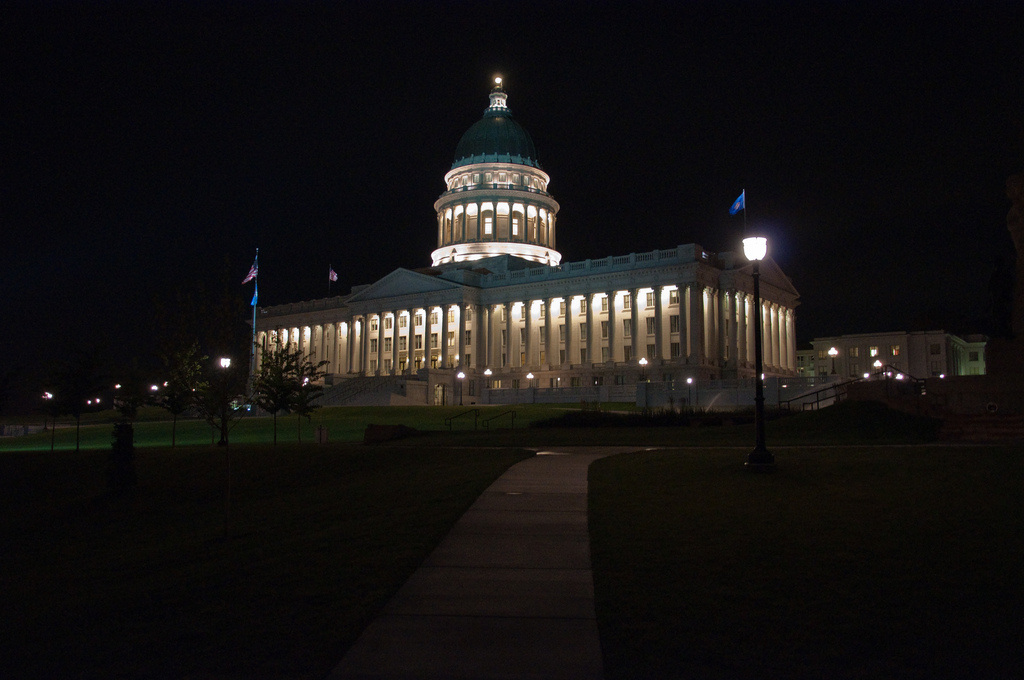| Brad Smith, Utah’s controversial new state superintendent of public instruction, describes the barriers that stand in the way of coming to grips with the state's education challenges. “You can watch the body language shift as soon as someone says ‘51st in the nation,’” he told the combined KSL and Deseret News editorial boards this week. “You can see the arms fold, the lips purse. You can see the defenses go up, the minds shutting, no discussion.” |
| | He is describing the perpetual impasse that stands in the way of any real progress at improving a mediocre education system in an increasingly competitive world. The “51st in the nation” is where Utah continually ranks in terms of public money spent on education per student — dead last of all the states plus the ever-profligate District of Columbia. The U.S. Census Bureau has once again come out with a calculation of this, based on 2013 figures. Utah spent $6,555 to educate each student that year. The national average was $10,700. The District of Columbia spent $17,953. New York spent $19,818. A good test question would require students to calculate the significance of those numbers and apply them to a measurement of the effectiveness of an education system. But it would be impossible to write the answer key without an argument that rips the community apart with a barrage of stereotypes and mischaracterizations. Smith has signaled he isn’t interested in this tired approach. He prefers more effective methods. Still, he probably cemented a few more bricks into those defensive body-language poses with a speech he delivered recently to the Utah Taxpayers Association. “There is no virtue in rising higher on that list, and there is no particular vice in being low on it,” he said of the ranking for per pupil spending. “It’s simply a measure of input variables, and that’s all.” To many educators, this was heresy. But whatever else it may have been it was without question an acknowledgment of a truth. Utah isn’t going to climb that list any time soon, especially not with thousands of new students being added each year. So the answer to public education must come in a different form. Or, as Howard Stephenson, who serves both as president of the Taxpayers Association and chairman of the state Senate’s Public Education Appropriations Subcommittee, told the Deseret News, it would cost $2.35 billion for the state to rise only to the national average in per pupil spending. That would, he said, require a doubling of the income tax, or almost a doubling of the property tax. Which would require an end to the political careers of all elected officials who voted for it. Smith goes farther than that. State lawmakers this year passed a large increase in education spending. This, he said, was “simply paying more and making a bet that the same system will deliver something different.” He prefaced this by saying he knew it would “cause feathers to be ruffled.” But those feathers haven’t been smooth for a while now. Which is not to say Smith doesn’t want more money for education. He just thinks taxpayers ought to know what they’re getting, first. “We need to articulate what the plan is, then price it out, then ask for the money,” he said. We expect this from other public agencies, he said. “Nobody says ‘gee we think we should put another 4 percent into the state transportation account.’ We say we need to redo I-15 and make it two lanes wider from Payson to Provo, and that’s going to cost us x billions of dollars and here’s how we’re going to pay for it. That’s what we need to do for education.” Smith has a lot of ideas about how to improve the way your children learn, from dedicating more money to reducing class sizes on the kindergarten-to-third-grade levels, where it could do the most good, to giving teachers instant data about students, allowing them to tailor to individual needs. The question is whether he can get past the folded arms and pursed lips of people who see only the number 51. |


 RSS Feed
RSS Feed

